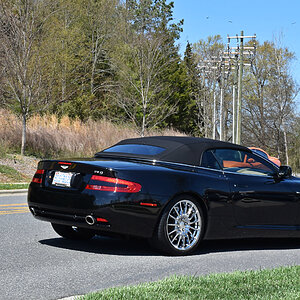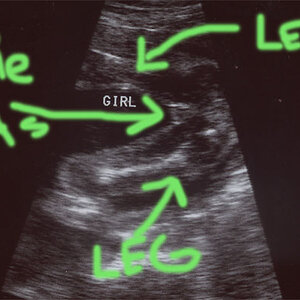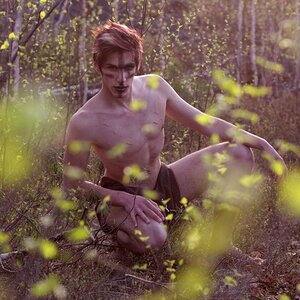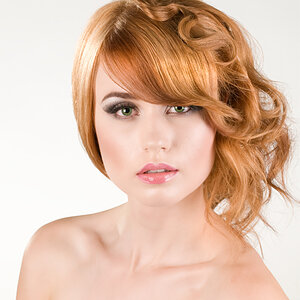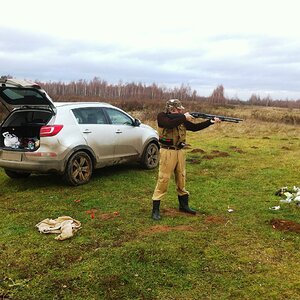Hello,
I've seen a lot of amazing photographers clear star photos and their tutorials about how to edit star photos, reduce noise, 500 rule, equipment, etc.; however, I haven't seen/read any good advice on how to produce star photos with a clear, bright, low noise foreground. For an example, a lot of Michael Shainblum's photos are just mind-blowing and I'd love to produce even a fraction of his artwork!
This is one of my images, I like the composition; however, is photo is extremely noisy, the quality is very poor @ 100%, and the mountain is barely visible!
Womb

1) So my question is how do photographers captures such a clear foreground & sharp+low noise star photos? Do they take a photo right before sunset & not move the tripod until its dark?
2) Are they using the image stacking technique? How many pictures & what settings are recommended generally (eg. ~3-5 pictures? Each one stop +/- different?)
3) Any tutorials (free & paid) that you all would recommended? I plan to purchase Shainblum's, but am open to other photographers!
Oregon and Washington Landscape Photography
Oregon and Washington Landscape Photography
Oregon and Washington Landscape Photography
Oregon and Washington Landscape Photography (Michael Shainblum)
Thank you!
I'd really appreciate the help
I've seen a lot of amazing photographers clear star photos and their tutorials about how to edit star photos, reduce noise, 500 rule, equipment, etc.; however, I haven't seen/read any good advice on how to produce star photos with a clear, bright, low noise foreground. For an example, a lot of Michael Shainblum's photos are just mind-blowing and I'd love to produce even a fraction of his artwork!
This is one of my images, I like the composition; however, is photo is extremely noisy, the quality is very poor @ 100%, and the mountain is barely visible!
Womb
1) So my question is how do photographers captures such a clear foreground & sharp+low noise star photos? Do they take a photo right before sunset & not move the tripod until its dark?
2) Are they using the image stacking technique? How many pictures & what settings are recommended generally (eg. ~3-5 pictures? Each one stop +/- different?)
3) Any tutorials (free & paid) that you all would recommended? I plan to purchase Shainblum's, but am open to other photographers!
Oregon and Washington Landscape Photography
Oregon and Washington Landscape Photography
Oregon and Washington Landscape Photography
Oregon and Washington Landscape Photography (Michael Shainblum)
Thank you!
I'd really appreciate the help
Last edited by a moderator:


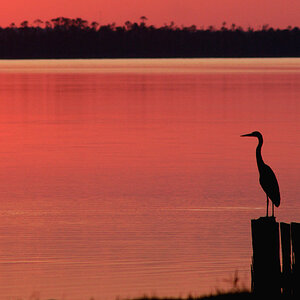


![[No title]](/data/xfmg/thumbnail/38/38736-5bc266b035e23faf5ad942bdd97466a8.jpg?1619738703)
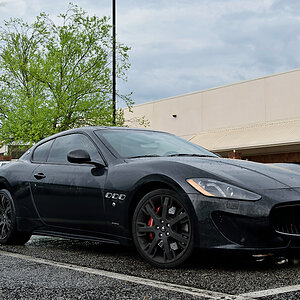
![[No title]](/data/xfmg/thumbnail/30/30882-ce388519574371448d7493784524607a.jpg?1619734495)
